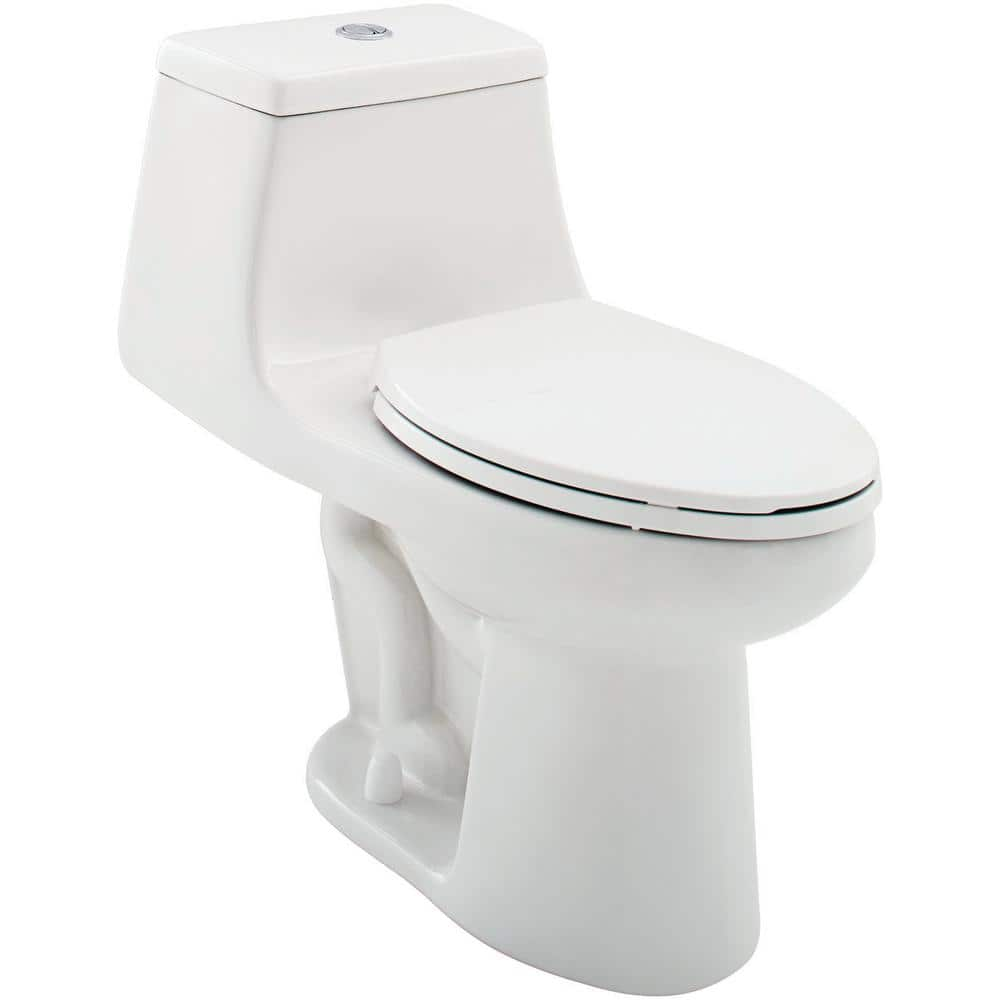Project Source Pro-Flush White Elongated Chair Height 2-piece WaterSense Toilet 12-in Rough-In 1.29-GPF
The Pro-Flush two piece, single flush toilet provides a powerful 1.28 GPF. It features a chair height seating and an elongated bowl for added room and comfortable use. The toilet offers a WaterSense certified design to help conserve water without sacrificing performance.
The Pro-Flush two piece, single flush toilet provides a powerful 1.28 GPF. It features a chair height seating and an elongated bowl for added room and comfortable use. The toilet offers a WaterSense certified design to help conserve water without sacrificing performance.
- Elongated bowl offers an ideal solution for smaller bathrooms and powder rooms
- Chair height makes sitting down and standing up easier for most adults
- High efficiency single flush 1.28 gpf/4.8 lpf powered by Fluidmaster
- Fluidmaster fittings , fill valve and a 3-in flush valve with silicone seal
- Two piece configuration allows ease of access to the area around the toilet
- Left-hand polished chrome trip lever
- 2-in fully glazed trapway provides an excellent flushing operation
- Standard 12-in rough-in design
- Easy installation with tool-free bolt caps
Additional information
| Collection Name | Pro-Flush |
|---|---|
| Hardware Finish | Gloss |
| Color/Finish Family | White |
| Manufacturer Color/Finish | White |
| Hardware Color Family | Chrome |
| Type | 2-piece |
| Warranty | Limited lifetime |






by Mike
Product was acceptable
by Ally
Not the same shape as last toilet so left mark on tile.
by Gerry
perfect water saving toilet with a powerful flush.